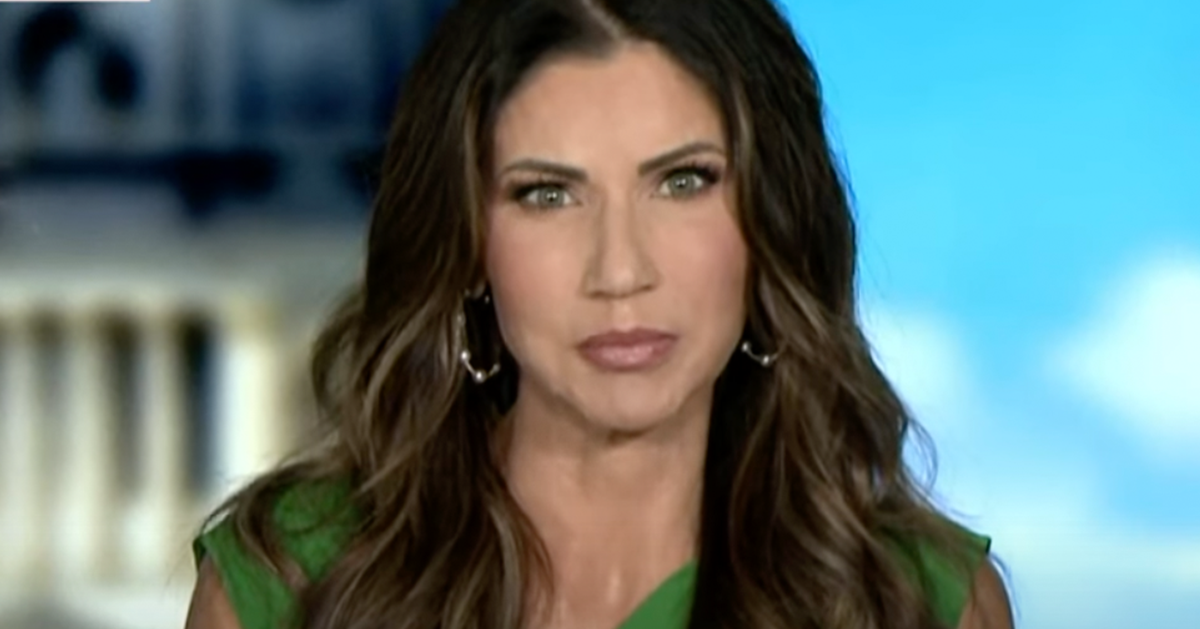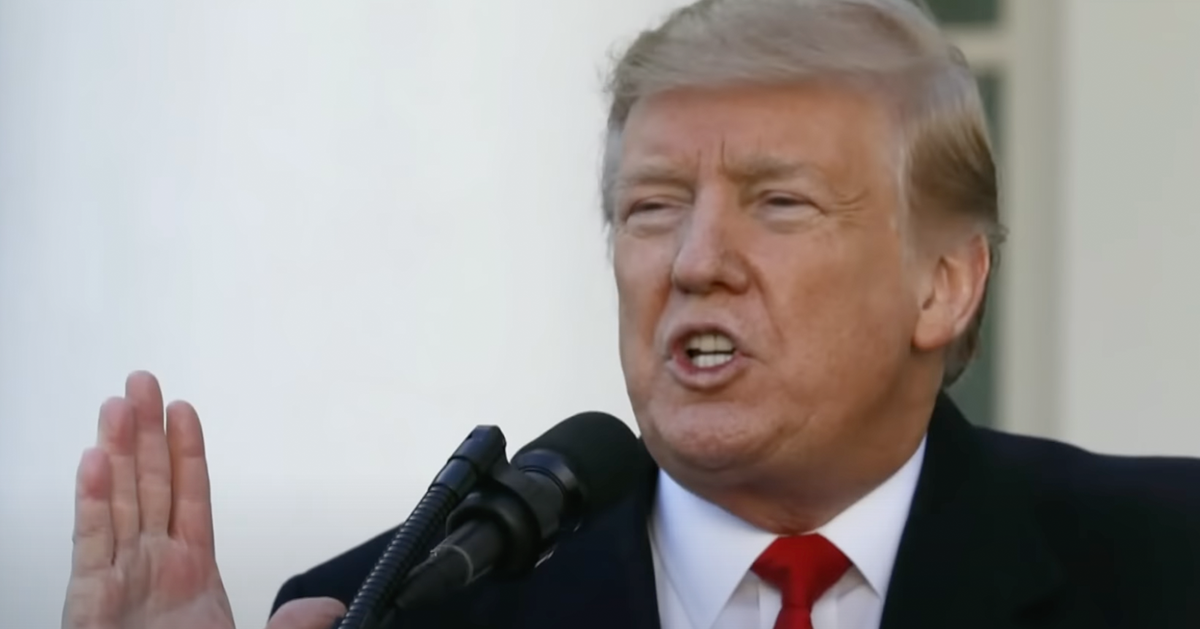Fed's Rate Cut Questioned Amid Robust Job Growth
The recent surge in U.S. job creation has fueled debate over the Federal Reserve's decision to implement a substantial interest rate cut last month.
In September, employers added 254,000 jobs, far exceeding the 140,000 job addition forecasted by economists, and former Obama-era official and noted economist Larry Summers has suggested that the recent rate cut is, therefore, a mistake, as Fox Business reports.
The unemployment rate also posted a slight decline to 4.1%, evidence of a resilient labor market.
This stronger-than-expected jobs data has prompted experts to question the Federal Reserve's strategies, with particular scrutiny directed at the half-point rate cut executed last month.
Larry Summers Takes a Stand on Federal Policy
Former U.S. Treasury Secretary Summers has emerged as a vocal critic, asserting that the Federal Reserve's half-point interest rate cut in September was excessive.
According to Summers, the cadence of monetary policy needs to adapt to what he describes as a "high neutral rate environment." He reflected on the recent economic indicators and suggested a more prudent course would have involved restraint in cutting rates.
Summers further elaborated that, albeit with hindsight, the previous month's decision to slash rates was not just a miscalculation, but a nonconsequential one.
The current economic data, he noted, implies the Federal Reserve must now contemplate both "no landing" and "hard landing" scenarios. He emphasized that despite some economic headwinds, wage growth continues to hover above pre-COVID benchmarks without apparent signs of deceleration.
Stock Market Reactions and Analyst Observations
Prior to the September jobs report, financial markets speculated about the potential for an additional 50-basis point rate cut in the upcoming months.
This anticipation was based on earlier labor market slowdown concerns. However, following the release of the robust job numbers, expectations shifted dramatically. Market predictions have now overwhelmingly leaned toward a smaller, 25-basis point cut in November, with the probability reaching 93%.
The Kobeissi Letter analysts observed this noteworthy shift as the first instance since May where job expectations were surpassed. This upward tick in job creation has instigated re-evaluations of the Federal Reserve's responsiveness and prompts a closer look at whether the earlier interest rate strategy was overly aggressive.
Diverse Opinions on the Economic Approach
Not all experts align with Summers' perspective. Labor attorney Eric Beane offered a counterpoint, suggesting the rate cut was a necessary move given the previous indications of a cooling labor market. He highlighted the critical balance between maintaining controlled inflation and safeguarding employment stability.
Beane expressed optimism that with inflation seemingly tamed, attention could pivot to the other facet of the Federal Reserve's dual mandate: avoiding detrimental employment impacts. He conceded that while rate cuts should continue, they must be executed with precision and caution to avert any considerable downturn in job numbers.
Fed's Dual Challenge: Growth Versus Stabilization
These discussions underscore the delicate balancing act faced by the Federal Reserve. Analysts and policymakers alike are grappling with finding the median between fostering economic growth and averting excessive overheating or financial instability.
Summers warned that preemptive rate cuts risk exacerbating potential economic turbulence, necessitating well-calibrated measures during this tentative recovery phase. Conversely, Beane's endorsement of measured cuts reflects a focus on averting employment contractions that could balloon into broader economic woes.
Implications for Future Monetary Moves
The disparity in expert opinions reveals a broader dialogue on how best to navigate the recovery. As policymakers dissect the recent data, these differing standpoints form a complex framework for forthcoming economic decisions.
The Federal Reserve's actions, whether they adhere to or deviate from past strategies, will likely reverberate through future employment, investment, and inflation patterns. The continuing debate amplifies the scrutiny on policymakers as they plan ahead in an evolving economic landscape.
In conclusion, the September job surge serves as a pivotal point in the ongoing assessment of monetary policy outcomes. The Federal Reserve's strategic decisions remain under the microscope as stakeholders evaluate the broader implications on economic balance.





